- Quick and easy service
Car Rental Istanbul
Search, compare & book!
- Free cancellation Up to 48 hours prior to the scheduled pick up time
- Best price guarantee Have you found a better price? Let us know and we will make you a better offer.
- 24000+ pick-up locations Locations around the world
Car Rental Istanbul
Renting a car in Istanbul is simple with us. We offer the best rates in the market. We offer rental cars worldwide, in over 125 countries and more than 17,000 locations. All inclusive car rental in Istanbul at the best rates - quality service guaranteed!
Car rental offers in Istanbul
Whether you're looking for a small rental car or a station wagon for the entire family, we will always have a suitable vehicle for the lowest price. Below are some examples from our selection in Istanbul.
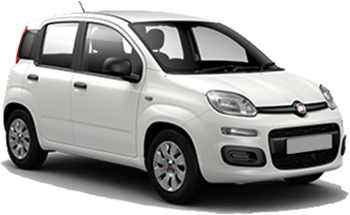
-
Autounion Car Rental From€ 16 /day -
Green Motion From€ 18 /day -
Pandora car hire From€ 19 /day
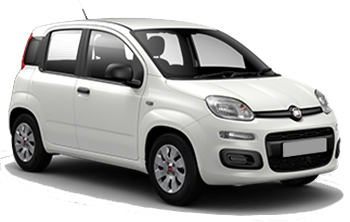
-
Autounion Car Rental From€ 20 /day -
Europcar From€ 33 /day
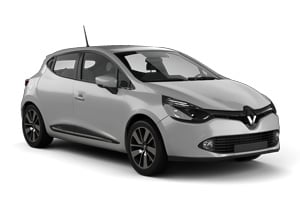
-
Circular car hire From€ 20 /day
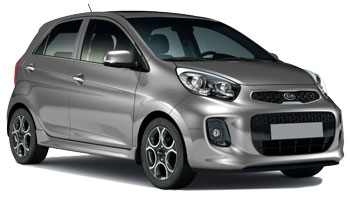
-
Circular car hire From€ 20 /day -
Green Motion From€ 21 /day -
wheego From€ 22 /day

-
Circular car hire From€ 26 /day -
Rent Go From€ 33 /day -
Green Motion From€ 36 /day
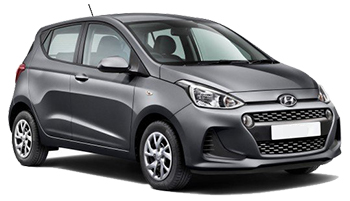
-
WINDYCAR From€ 20 /day -
Sixt From€ 22 /day -
Eren Rent A Car From€ 23 /day
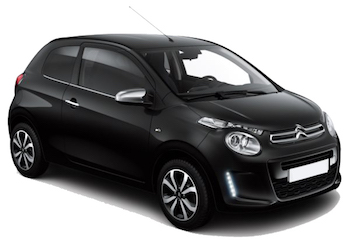
-
Eren Rent A Car From€ 23 /day -
Sixt From€ 24 /day -
Alamo From€ 29 /day

-
Circular car hire From€ 28 /day
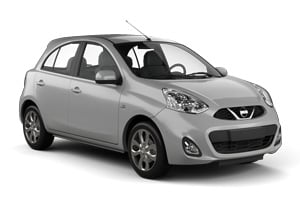
-
Eren Rent A Car From€ 23 /day
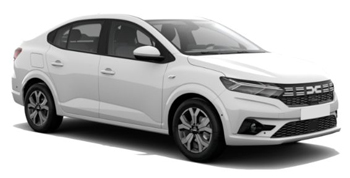
-
OK Mobility From€ 16 /day
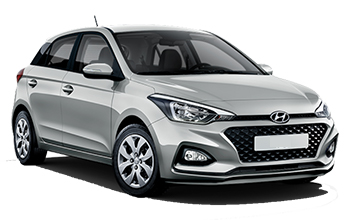
-
Autounion Car Rental From€ 17 /day -
addCarRental From€ 21 /day -
Green Motion From€ 21 /day

-
Autounion Car Rental From€ 20 /day -
addCarRental From€ 27 /day -
Avec Rent a Car From€ 27 /day
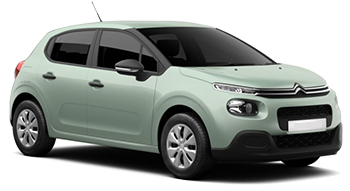
-
Autounion Car Rental From€ 17 /day -
Avec Rent a Car From€ 32 /day
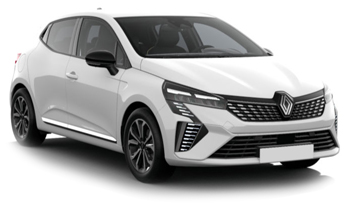
-
Green Motion From€ 18 /day -
Carwiz rent a car From€ 18 /day -
Circular car hire From€ 20 /day

-
Autounion Car Rental From€ 20 /day -
Avec Rent a Car From€ 28 /day -
Rent Go From€ 40 /day
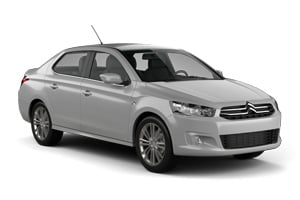
-
Green Motion From€ 18 /day
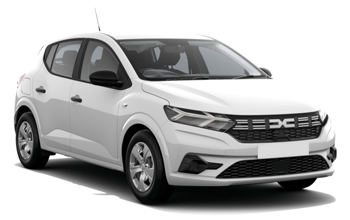
-
Autounion Car Rental From€ 19 /day -
Garenta From€ 27 /day -
Goldcar From€ 28 /day

-
Autounion Car Rental From€ 20 /day -
Circular car hire From€ 22 /day -
Avec Rent a Car From€ 27 /day
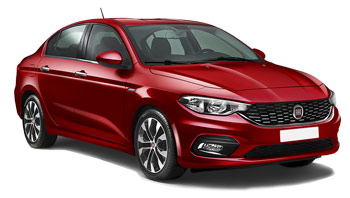
-
Carwiz rent a car From€ 16 /day -
Green Motion From€ 18 /day -
Autovia From€ 21 /day
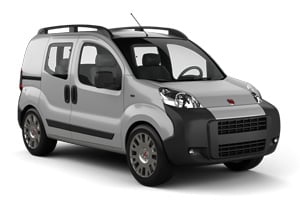
-
Autounion Car Rental From€ 18 /day -
Autovia From€ 19 /day
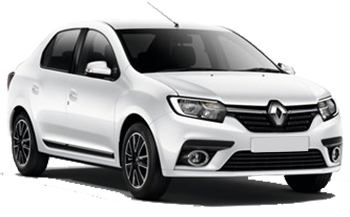
-
Autounion Car Rental From€ 21 /day -
Circular car hire From€ 22 /day -
Pandora car hire From€ 28 /day
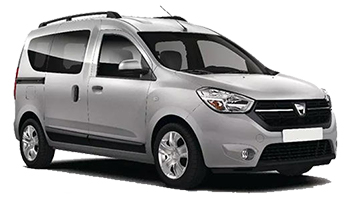
-
Autounion Car Rental From€ 18 /day
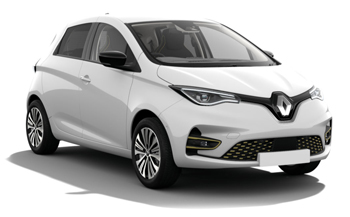
-
Carwiz rent a car From€ 18 /day
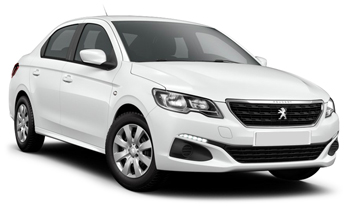
-
Autounion Car Rental From€ 21 /day -
Green Motion From€ 32 /day -
Alamo From€ 41 /day

-
Green Motion From€ 19 /day -
Autounion Car Rental From€ 20 /day -
wheego From€ 21 /day

-
Autounion Car Rental From€ 20 /day -
Autovia From€ 20 /day -
Pandora car hire From€ 20 /day
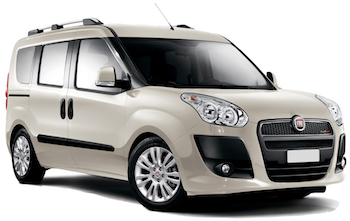
-
Autounion Car Rental From€ 21 /day -
Circular car hire From€ 30 /day

-
Green Motion From€ 18 /day
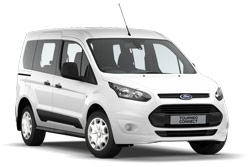
-
Green Motion From€ 19 /day -
Alamo From€ 33 /day -
Enterprise From€ 71 /day

-
Autounion Car Rental From€ 21 /day -
Avec Rent a Car From€ 25 /day -
addCarRental From€ 28 /day
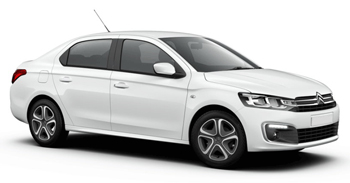
-
Pandora car hire From€ 21 /day -
Carwiz rent a car From€ 22 /day -
Goldcar From€ 24 /day
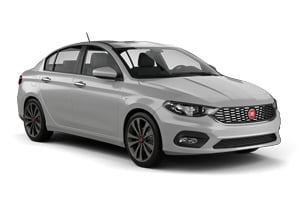
-
WINDYCAR From€ 21 /day -
Autounion Car Rental From€ 21 /day -
addCarRental From€ 22 /day
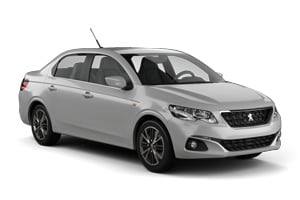
-
Circular car hire From€ 23 /day

-
Circular car hire From€ 21 /day -
wheego From€ 22 /day -
Eren Rent A Car From€ 99 /day
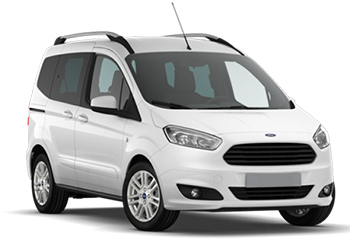
-
Pandora car hire From€ 21 /day

-
Pandora car hire From€ 28 /day -
Alamo From€ 42 /day

-
Pandora car hire From€ 21 /day
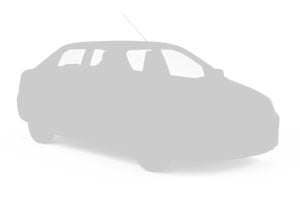
-
Goldcar From€ 28 /day

-
Pandora car hire From€ 28 /day
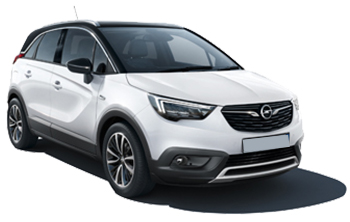
-
Goldcar From€ 30 /day

-
Circular car hire From€ 35 /day
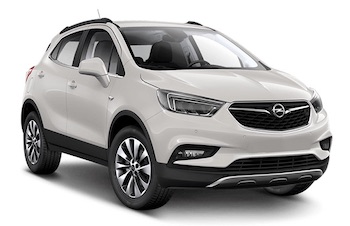
-
Goldcar From€ 30 /day -
Europcar From€ 51 /day -
Alamo From€ 69 /day

-
Circular car hire From€ 30 /day
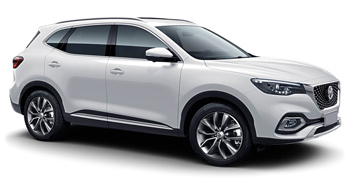
-
Avec Rent a Car From€ 36 /day
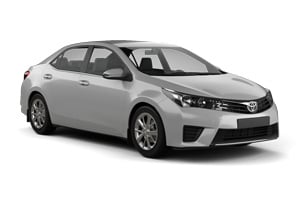
-
Circular car hire From€ 31 /day -
WINDYCAR From€ 32 /day -
Garenta From€ 53 /day

-
WINDYCAR From€ 28 /day
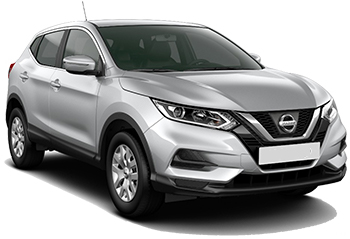
-
WINDYCAR From€ 34 /day

-
Avec Rent a Car From€ 42 /day
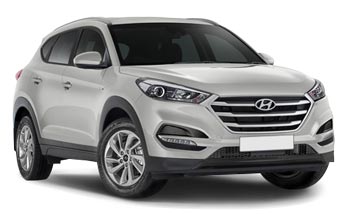
-
WINDYCAR From€ 36 /day -
Alamo From€ 75 /day -
Enterprise From€ 84 /day
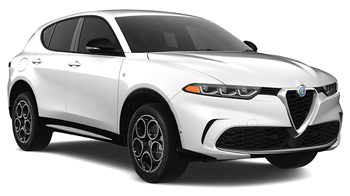
-
Autounion Car Rental From€ 44 /day

-
Avec Rent a Car From€ 43 /day
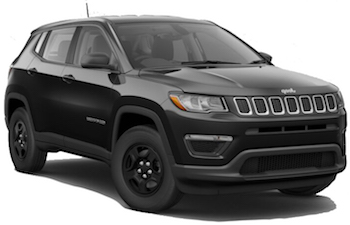
-
Autounion Car Rental From€ 45 /day

-
Autounion Car Rental From€ 44 /day -
Europcar From€ 85 /day

-
Autounion Car Rental From€ 44 /day
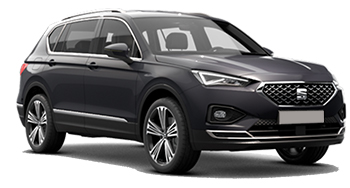
-
Green Motion From€ 50 /day
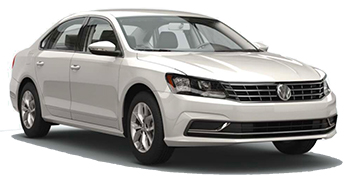
-
Avec Rent a Car From€ 51 /day

-
Green Motion From€ 57 /day

-
Avec Rent a Car From€ 57 /day -
WINDYCAR From€ 62 /day
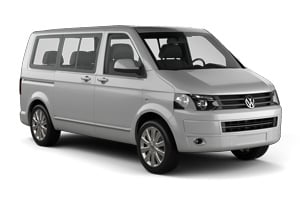
-
Avec Rent a Car From€ 65 /day
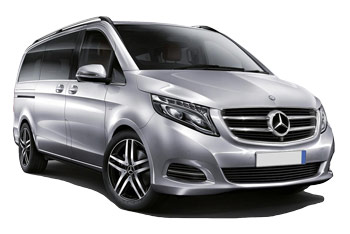
-
WINDYCAR From€ 62 /day -
Alamo From€ 135 /day -
Enterprise From€ 142 /day
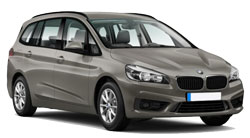
-
Green Motion From€ 64 /day -
Eren Rent A Car From€ 366 /day
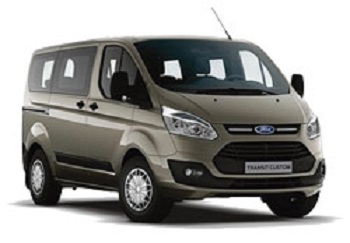
-
Autounion Car Rental From€ 68 /day -
Europcar From€ 87 /day
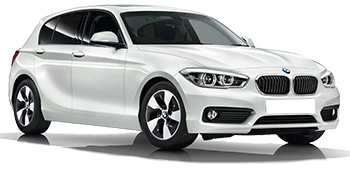
-
Garenta From€ 66 /day -
Eren Rent A Car From€ 990 /day

-
Circular car hire From€ 20 /day -
Green Motion From€ 21 /day

-
Autounion Car Rental From€ 20 /day

-
Circular car hire From€ 23 /day -
Green Motion From€ 30 /day

-
Pandora car hire From€ 20 /day
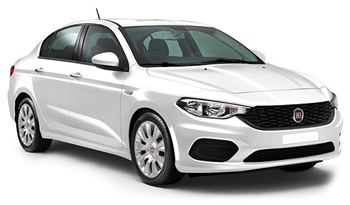
-
Autounion Car Rental From€ 20 /day -
Green Motion From€ 41 /day

-
Autounion Car Rental From€ 24 /day
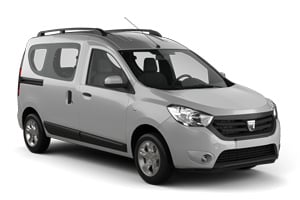
-
Autounion Car Rental From€ 21 /day

-
Pandora car hire From€ 29 /day
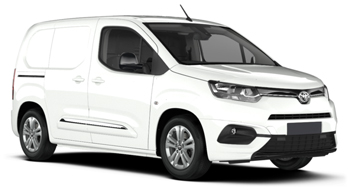
-
Pandora car hire From€ 25 /day
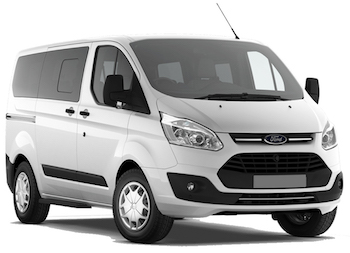
-
Sixt From€ 28 /day -
Circular car hire From€ 70 /day -
Budget From€ 102 /day
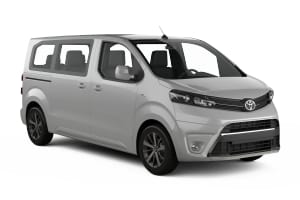
-
Sixt From€ 42 /day

-
Rent Go From€ 45 /day -
Circular car hire From€ 96 /day -
Budget From€ 108 /day

-
Pandora car hire From€ 55 /day -
Autounion Car Rental From€ 60 /day -
Europcar From€ 80 /day

-
Autounion Car Rental From€ 61 /day -
Pandora car hire From€ 68 /day -
Europcar From€ 87 /day
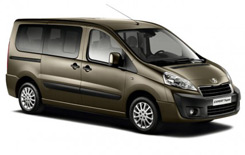
-
Pandora car hire From€ 59 /day -
Circular car hire From€ 77 /day
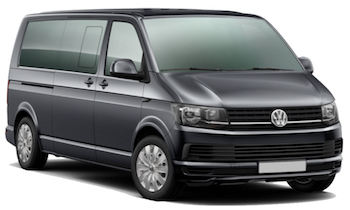
-
Avec Rent a Car From€ 65 /day -
Green Motion From€ 127 /day
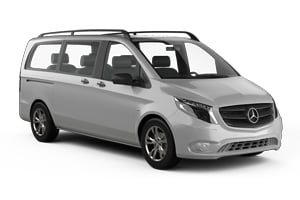
-
WINDYCAR From€ 62 /day -
addCarRental From€ 84 /day -
Sixt From€ 107 /day

-
Pandora car hire From€ 69 /day -
Circular car hire From€ 87 /day
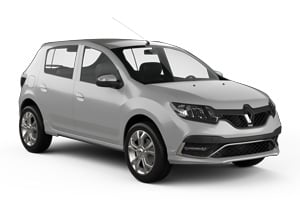
-
Eren Rent A Car From€ 23 /day
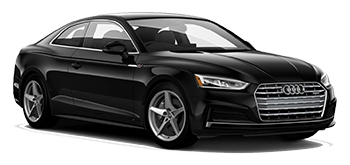
-
Avec Rent a Car From€ 235 /day
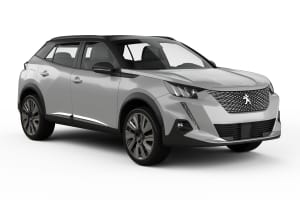
-
OK Mobility From€ 21 /day -
Pandora car hire From€ 25 /day -
Goldcar From€ 30 /day

-
Autounion Car Rental From€ 22 /day -
Carwiz rent a car From€ 23 /day -
Garenta From€ 30 /day

-
Autounion Car Rental From€ 26 /day -
Avec Rent a Car From€ 26 /day -
Europcar From€ 37 /day

-
OK Mobility From€ 24 /day -
Autounion Car Rental From€ 38 /day
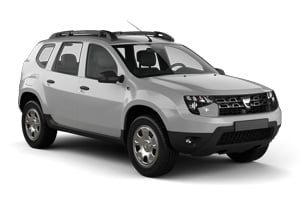
-
Autovia From€ 25 /day -
Garenta From€ 29 /day -
Goldcar From€ 30 /day

-
Avec Rent a Car From€ 28 /day
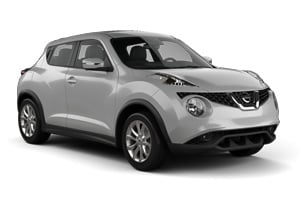
-
WINDYCAR From€ 27 /day -
Avec Rent a Car From€ 35 /day -
Alamo From€ 37 /day

-
Avec Rent a Car From€ 32 /day -
Enterprise From€ 45 /day -
Alamo From€ 45 /day
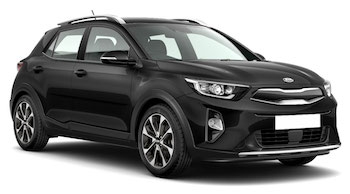
-
Carwiz rent a car From€ 27 /day -
Garenta From€ 35 /day -
Green Motion From€ 41 /day

-
Carwiz rent a car From€ 18 /day -
Alamo From€ 49 /day -
Enterprise From€ 63 /day
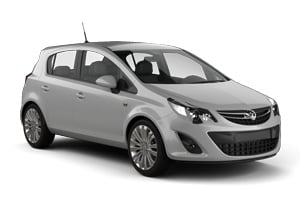
-
Garenta From€ 29 /day
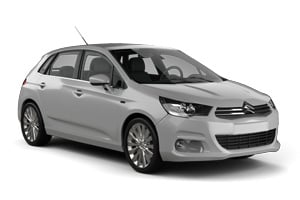
-
Garenta From€ 31 /day

-
Garenta From€ 31 /day

-
Alamo From€ 59 /day -
Enterprise From€ 69 /day

-
Garenta From€ 34 /day

-
Garenta From€ 36 /day

-
Alamo From€ 71 /day -
Enterprise From€ 72 /day

-
Garenta From€ 39 /day
Car rental companies in Istanbul
Below are the car rental companies in Istanbul with the best ratings. Compare all ratings and prices of these rental companies in one search.
-
Enterprise
From€ 29 / day -
Avec Rent a Car
From€ 25 / day -
Avis
From€ 35 / day -
Garenta
From€ 24 / day -
Exer Rent A Car
No rates available -
Sixt
From€ 22 / day

When is the best time to book a rental car in Istanbul?
Car rental companies in and around Istanbul
Information about Istanbul
Istanbul, the mighty city on the Bosphorus, is the symbol of both East and West, of Christianity and Islam, and of Europe and Asia. Istanbul once was the proud capital of the (Christian) Byzantine Empire, before it was seized by the Ottomans and became the capital of the (Islamic) Ottoman Empire. This rich, fascinating and turbulent history can still be felt in Turkey's largest city, to the very present day.
The Hagia Sophia (which means Holy Wisdom) was built in the sixth century, commissioned by the Byzantine Emperor Justinian. When Constantinople (as Istanbul was formerly called) was occupied by the Ottomans, their leader, Mehmed the Conqueror, was so impressed by the building that he did not have it taken down but simply turned it into a mosque. Following the foundation of the Turkish Republic (and the separation between church and state), the Hagia Sophia was converted into a museum. The church is fitted with wonderful mosaics and the 30-meter-diameter dome is impressive. The original dome collapsed twenty years after its construction, which the architects had to pay for with their lives.
The Ottomans still wanted to leave their own (Islamic) mark on the city, and therefore constructed the Blue Mosque (Sultan Ahmet Camii). The mosque's glazed tiles are not just blue by the way, but also green and reddish brown. The mosque was commissioned by Sultan Ahmed I, who also had a ramp installed so that he could enter on his horse and only had to dismount it at the Royal Box.
The Topkapı Palace was the sultans' summer residence. It was not just a palace, but an entire community of government officials, military personnel and an extensive harem. In total, about three thousand people lived and worked here. The palace has no less than four courtyards. The rear courtyard houses a café with magnificent views of the Bosphorus. Right near the Topkapı Palace lies the Archeological Museum.
Istanbul's Grand Bazaar (Kapali Çarşi) is one of the city's other attractions. The large covered market was constructed right after the Ottomans conquered Istanbul. Back then it was used as a slave market and it was also the terminus of the Silk Road. These days anything is sold here, whereby each section of the market has its own specialty. The Egyptian Bazaar is also worth a visit. Originally it was only a bazaar for spices from the Orient, but these days various food items are sold: In addition to herbs and spices you'll find nuts, and fresh and dried fruit. Next to the bazaar there is a colorful flower market.
On the city's European side, on the north side of the Golden Horn, lies the Galata Tower. You can take the elevator up to enjoy the views. There is also a restaurant on the top floor.
The Hippodrome dates back to the Roman era. Not much of it is left, except for the Serpent Column in front of the Temple of Apollo. There is also the Egyptian Obelisk that was stolen from the Temple of Karnak by Emperor Theodosius I. Underneath the Hippodrome lies a large cistern. The Romans built beautiful halls, even for water storage. This complex is therefore called The Sunken Palace or Basilica Cistern.
Taksim Square (Taksim Meydani) is considered the heart of modern Istanbul. Southwest of the square lies the Republic Monument and this is where the Istiklal Caddesi, Istanbul's main shopping street, begins. This almost two-kilometer-long boulevard is a pedestrian area and besides shops you'll find restaurants, cafés, fairs and cinemas. It is busy here day and night.
In and around Istanbul
A boat trip on the Bosphorus is a nice way the see Istanbul from the water. The boats navigate along both the European and Asian river banks, where you can for example see the summer residences (yalis) of the Ottoman Empire's elite.
In the Sea of Marmara, just southeast of Istanbul, lie the nine Prince Islands. The islands were once a place of exile for members of the Royal Family who posed a threat to the throne. They lived comfortably, but also isolated. Leon Trotsky also spent some time here, after he was exiled from the Soviet Union in 1929. The largest island is Büyükada. The island not only has beautiful sandy beaches, but you can also visit a monastery here.
Across the Sea of Marmara lies Termal, which has been famous since Roman times because of its hot springs. Besides a modern spa there is also a traditional Turkish hammam. The best way to get to Termal is by taking the ferry from Istanbul.
Parking
In the last few years they built many parking garages in Istanbul and it was about time. We recommend leaving your rental car in one of those garages or at your hotel and using public transportation to the center as it is practically impossible to find parking space in the city center. Also keep in mind that traffic in Istanbul is busy and chaotic.
Airport
Atatürk International Airport is Istanbul's main international airport. It is located approximately 20 kilometers southwest of the city center, on the European side of Istanbul. You can reach the airport by rental car from the city center via the E5 freeway, or via the O1 and O2 freeways. The route to the airport is clearly signposted.
There is a second airport, Sabiha Gökçen International Airport, on the city's Asian side. This airport is located along the connecting road between two freeways: The so-called TEM Highway (E80) and the E5, which both lead to Istanbul.